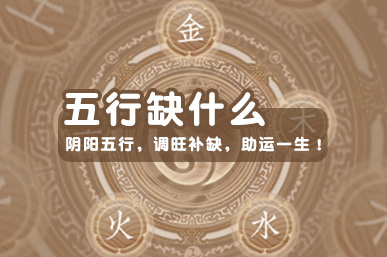八字精批2025运势命中贵人八字合婚
Twins:
The
Fascinating
Story
of
Conjoined
Twins Conjoined
twins,
also
known
as
Siamese
twins,
are
identical
twins
joined
in
utero.
This
phenomenon
is
extremely
rare,
occurring
in
just
one
in
every
200,000
live
births.
The
term
"Siamese
twins"
originated
from
a
pair
of
conjoined
twins
from
Siam
(now
Thailand)
who
were
exhibited
in
the
United
States
in
the
early
19th
century. The
most
common
type
of
conjoined
twins
is
thoraco-omphalopagus,
where
the
twins
are
joined
at
the
sternum
and
share
some
abdominal
organs.
There
are
also
other
types,
such
as
craniopagus
(joined
at
the
head),
omphalopagus
(joined
at
the
abdomen),
and
ischiopagus
(joined
at
the
pelvis). The
separation
of
conjoined
twins
is
a
complex
and
risky
procedure
that
requires
a
team
of
highly
skilled
surgeons
and
medical
professionals.
In
some
cases,
the
separation
is
not
possible
or
not
recommended
if
it
would
pose
a
significant
risk
to
the
twins'
health. Many
conjoined
twins
live
long,
fulfilling
lives
despite
their
unique
challenges.
Famous
conjoined
twins
include
Chang
and
Eng
Bunker,
the
original
"Siamese
twins,"
who
lived
to
be
63
years
old
and
had
21
children
between
them.
Another
notable
pair
is
Abby
and
Brittany
Hensel,
who
have
two
separate
heads
and
hearts
but
share
essential
organs
such
as
the
liver,
gastrointestinal
tract,
and
reproductive
system.
They
have
become
popular
television
personalities
and
inspiring
role
models. Conjoined
twins'
experiences
vary,
but
one
thing
is
certain:
they
have
a
remarkable
bond
that
most
people
cannot
comprehend.
Sharing
a
body
and
being
completely
dependent
on
one
another
creates
a
profound
connection
that
is
unlike
any
other.
Conjoined
twins
are
living
proof
that
despite
our
differences,
we
are
all
fundamentally
connected. In
conclusion,
{《推荐更多 星座常识大全常识请关注 :朴朴星座常识网,wWW.iMpUpu.Com〕)Siamese
twins
or
conjoined
twins
are
an
incredible
phenomenon
that
have
fascinated
people
for
centuries.
Although
they
face
unique
challenges,
many
conjoined
twins
live
full,
inspiring
lives
and
demonstrate
the
power
of
resilience
and
the
human
spirit.
Understanding
and
acceptance
of
differences
can
lead
to
greater
cultural
understanding
and
acceptance
of
diversity.









